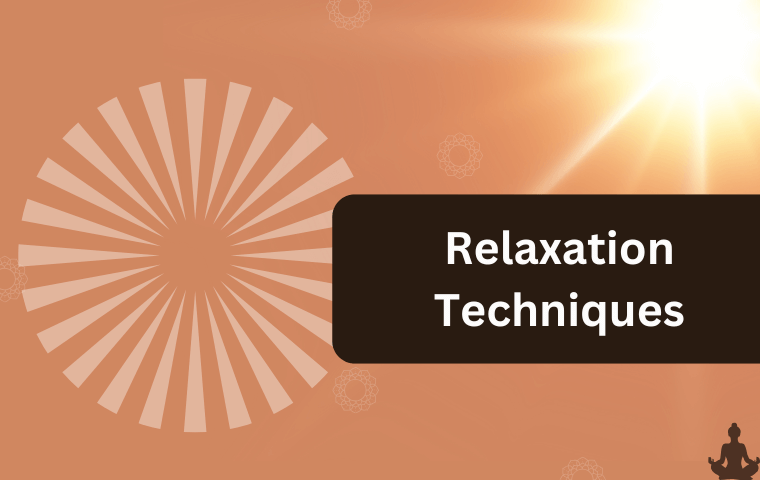Life can be stressful, and it’s easy to feel overwhelmed by everyday demands. From work pressures to personal challenges, stress can take a toll on both our mind and body. However, by using relaxation techniques, we can manage stress effectively and improve our overall well-being. These techniques are simple, free, or low-cost and can be practiced anywhere, making them accessible to everyone.
What Are Relaxation Techniques?
Relaxation techniques are methods designed to help calm the mind, reduce stress, and improve the physical response to tension. They focus on increasing awareness of the body and encouraging a relaxed state. By practicing these techniques regularly, you can boost your mood, improve sleep, reduce anxiety, and experience better physical health.
Benefits of Relaxation Techniques
The benefits of using relaxation techniques go beyond just feeling calm. Some of the key benefits include:
- Slow down the heart rate
- Lower blood pressure
- Improve breathing patterns
- Reduce muscle tension
- Enhance digestion
- Improve mood and focus
- Boost energy and reduce fatigue
- Improve sleep quality
- Alleviate pain and discomfort
- Support a balanced emotional state
With consistent practice, relaxation techniques can make a significant difference in managing both short-term and long-term stress.
Types of Relaxation Techniques
There are several relaxation methods you can explore to find what works best for you. Below are some popular techniques:
1. Deep Breathing (Breathing Exercises)
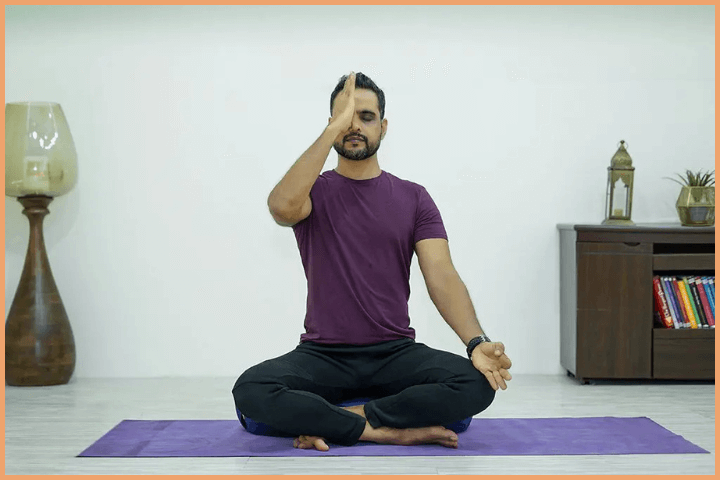
This simple approach involves taking slow, deep breaths to calm your nervous system. Sit or lie down in a quiet place and just focus on your breath. One effective method is the 4-7-8 technique:
- Inhale for 4 seconds
- Hold your breath for 7 seconds
- Exhale slowly for 8 seconds
This technique can help you feel more grounded and relaxed, making it a quick and easy option for managing stress throughout the day.
2. Progressive Muscle Relaxation
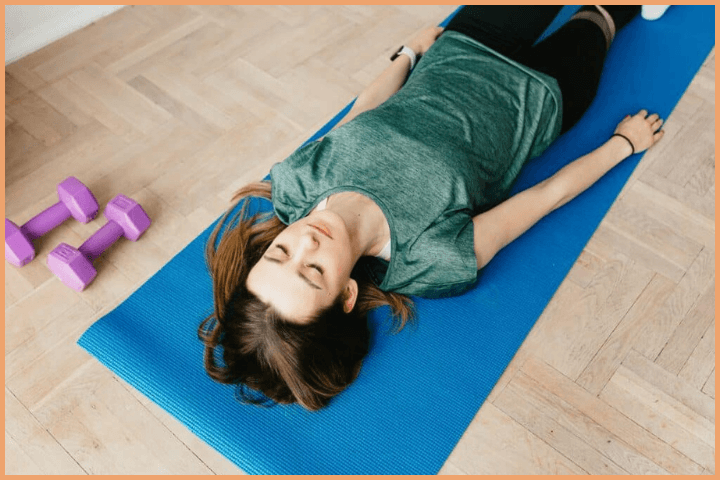
Progressive muscle relaxation (PMR) or progressive relaxation meditation involves systematically tightening and relaxing different muscle groups to release physical tension. Start by focusing on your toes, tense them for 5 seconds, and then release. Gradually work your way up through the body, from your legs to your shoulders, neck, and face. This method not only helps relieve physical stress but also makes you more aware of your body’s sensations.
3. Guided Imagery (Visualization)
Guided imagery is a method where you imagine a peaceful, relaxing scene in your mind, like a calm beach or a serene forest. Use all your senses to immerse yourself in the experience. For example, imagine the sound of ocean waves, the warmness of the sun, and the smell of fresh air. This mental escape can reduce stress and promote a sense of calm.
4. Mindfulness Meditation
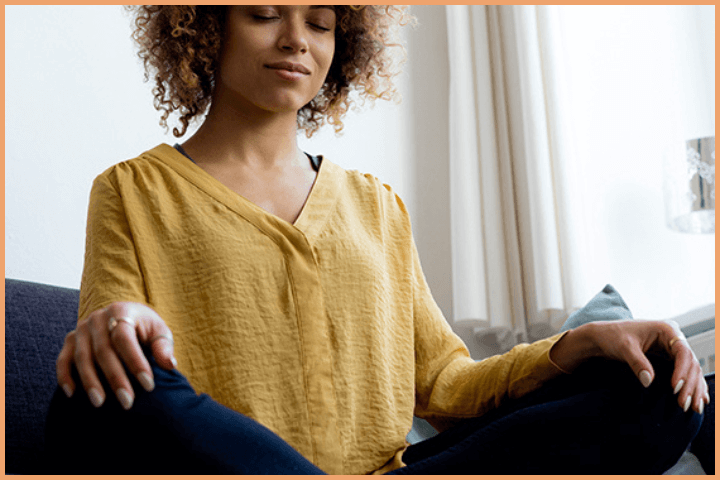
Mindfulness meditation is about being fully present in the moment. Sit at your comfort, focus on your breath, and bring your attention to what is happening around you without judgment. Whenever your mind wanders, gently guide it back to your breath. Consistent practice of mindfulness can help alleviate stress and anxiety while enhancing your emotional resilience.
5. Yoga and Tai Chi
Both yoga and Tai Chi involve delicate movements combined with deep breathing. These physical practices not only enhance flexibility and balance but also help calm the mind. You don’t need to be an expert simple stretching or slow movements can help release tension and reduce stress.
6. Autogenic Training
Autogenic training focuses on relaxing your body through self-suggestion. You mentally repeat phrases like “my arms feel heavy and warm” to evoke physical sensations of calm. By focusing on each body part, you can ease tension and achieve relaxation.
7. Repetitive Prayer or Mantras
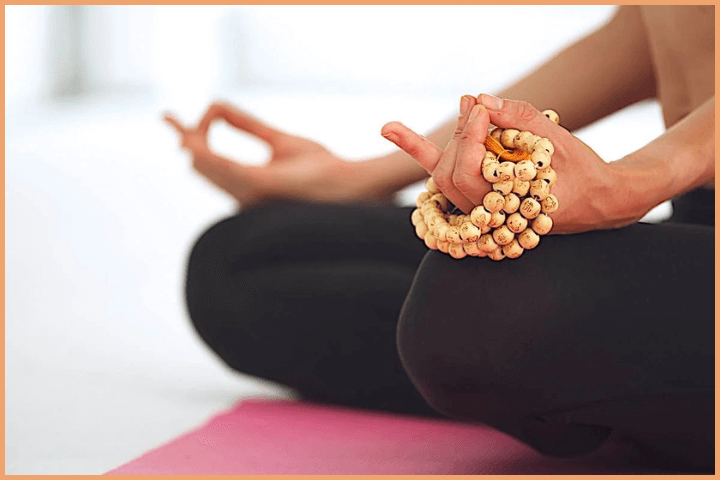
This technique involves silently repeating a calming word, phrase, or prayer while focusing on your breath. Repetition helps focus the mind and brings a sense of peace. If spirituality is meaningful to you, this method can provide both emotional and spiritual benefits.
8. Self-Hypnosis
Self-hypnosis uses deep relaxation to create a state of focused attention. By suggesting peaceful, positive thoughts to yourself, you can reduce stress and anxiety. This technique requires practice but can be effective in managing stress over time.
9. Aromatherapy
Aromatherapy involves using essential oils to stimulate relaxation. Scents like lavender, chamomile, and sandalwood are commonly used for their calming effects. You can breathe in these fragrances through diffusers or gently massage them into your skin with a carrier oil for a relaxing experience.
10. Massage Therapy
Massage therapy is a well-known relaxation technique that helps to lower muscle tension and promote circulation. Whether it’s a professional massage or a self-massage using tools or your own hands, this method can ease physical stress and promote a deep sense of relaxation.
11. Biofeedback
Biofeedback helps you learn to regulate physical processes, like heart rate and tension in the muscles, by utilizing electronic sensors. By learning to manage these physical responses, you can reduce stress and achieve a calmer state of mind.
12. Exercise
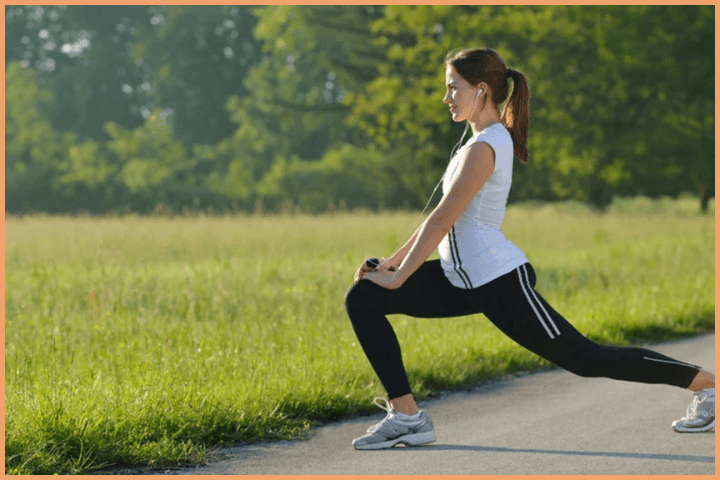
Exercise, including activities like walking, running, or dancing, stimulates the production of endorphins, which help lift your mood naturally. It can help clear your mind, reduce muscle tension, and boost your energy levels. It’s a great way to relieve stress and stay healthy both physically and mentally.
How to Get Started
You can incorporate such relaxation techniques into your everyday schedule. Start by setting aside at least 10–20 minutes each day to practice one or more techniques. Over time, you may find that these practices help you feel more in control of stress and improve your overall quality of life.
Cultivating Inner Peace
Stress is an inevitable part of life, but how we respond to it can make all the difference. Relaxation techniques provide a simple, accessible way to handle stress and promote better mental and physical health. By practicing breathing exercises, mindfulness meditation, yoga, or any of the other techniques mentioned, you can reduce the harmful effects of stress and create a sense of calm and well-being in your daily life. Start small, be consistent, and enjoy the many benefits relaxation has to offer.

